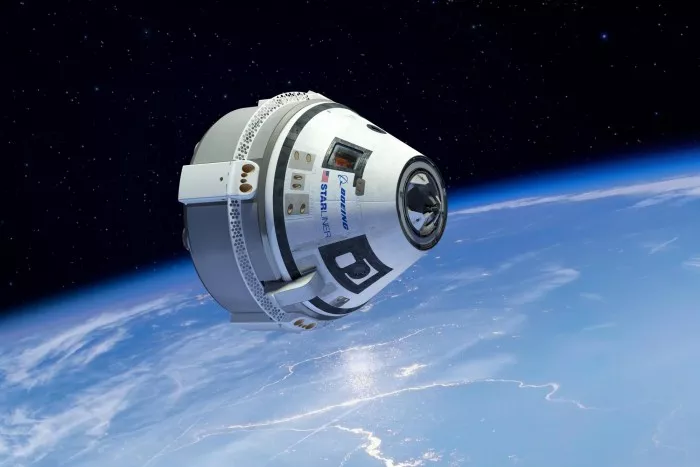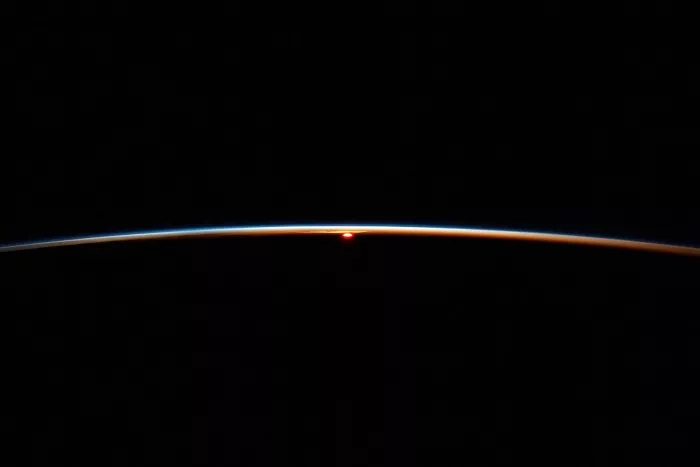The international space station (ISS) is preparing to welcome Boeing's new starliner manned spacecraft, which will take off in the company's orbital flight test-2 mission next week. Meanwhile, the seven member expedition 67 unit continues its human research and robotic work today.

NASA Flight Engineers Sher linglen and Bob Haynes continue training for starliner, which is scheduled to arrive at 7:10 p.m. EST on Friday, May 20. They reviewed the introduction of oft-2 mission and practiced the remote command of starliner on the computer. Earlier this week, the space station launched a device to send and receive data from approaching commercial spacecraft, vehicle universal communication (c2v2). Starliner will take off from Cape Canaveral Air Force Base in Florida at 6:54 p.m. EDT (3:54 p.m. Pacific time) on Thursday, May 19, aboard the atlas-v rocket of the joint launch alliance.

Lindgren and Haynes also began the day's work, collecting and storing their blood samples for later analysis. Heins then launched the astrobee robot free aircraft assistant in the Kibo experimental module. Lindgren put away the toaster sized cuboid robots. Before that, these autonomous devices spent a day demonstrating ways to detect and repair the hardware faults of the space station.
Astronaut Jessica Watkins became familiar with astrobee's procedures and replaced parts in the station's waste and sanitary compartment in the tranquility module. Samantha Christie, a flight engineer from the European Space Agency (ESA), spent a whole day on Friday testing the ability of rhealth one medical device to recognize cells, microorganisms and proteins under microgravity conditions.
In the Russian part of the space station, commander Oleg atmiyev has been working on Friday to transfer water from the progress 80 cargo spacecraft of the international space station to the Zvezda service module. He also loaded the old space station equipment into the International Space Station progress 79 supply ship for treatment. Flight engineer Dennis matviev worked on the ventilation system and photographed the internal panel of Zvezda. Flight engineer Sergei kosakov continued to test the mobility of the European manipulator connected to the "nauka" multipurpose experimental module.